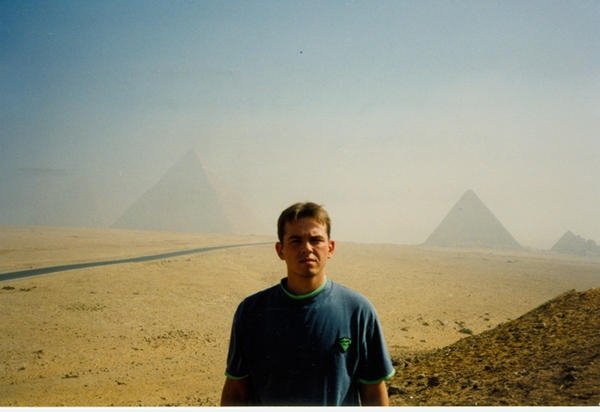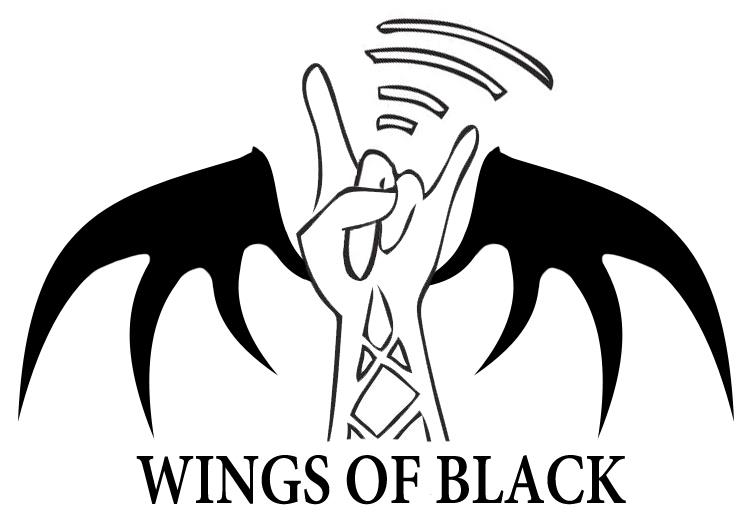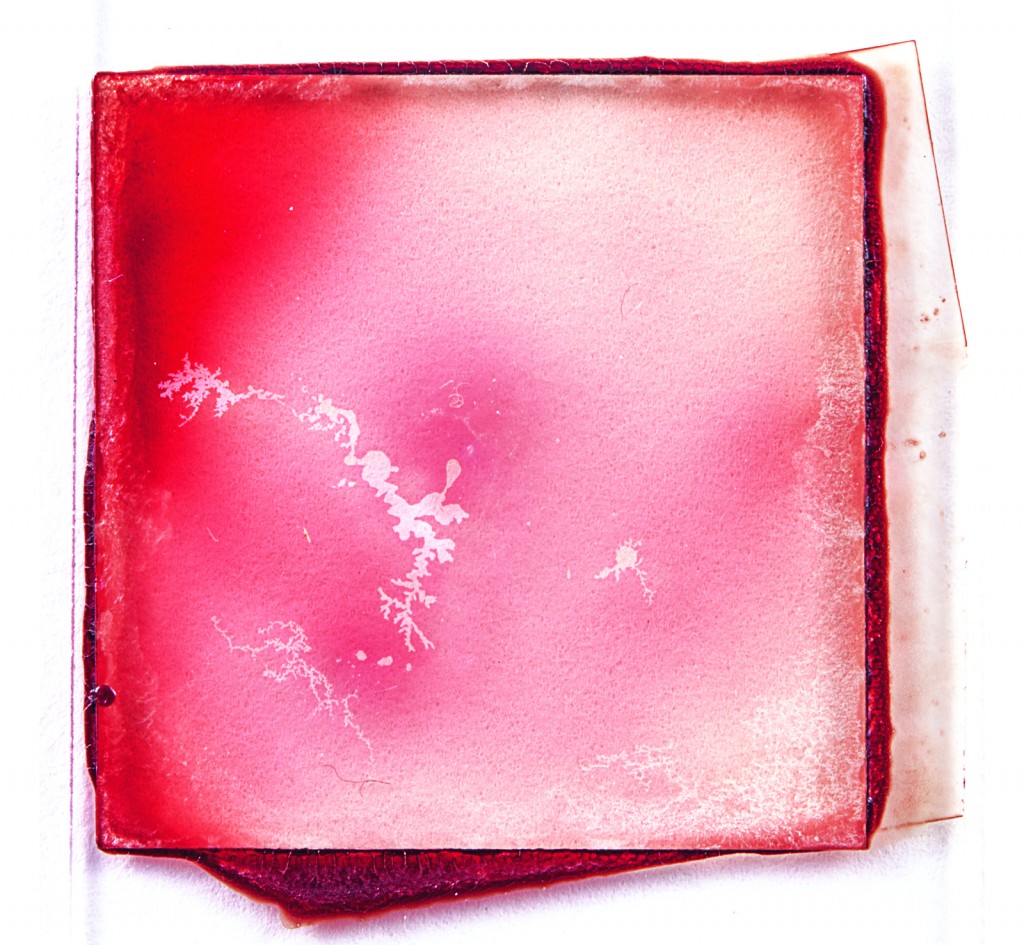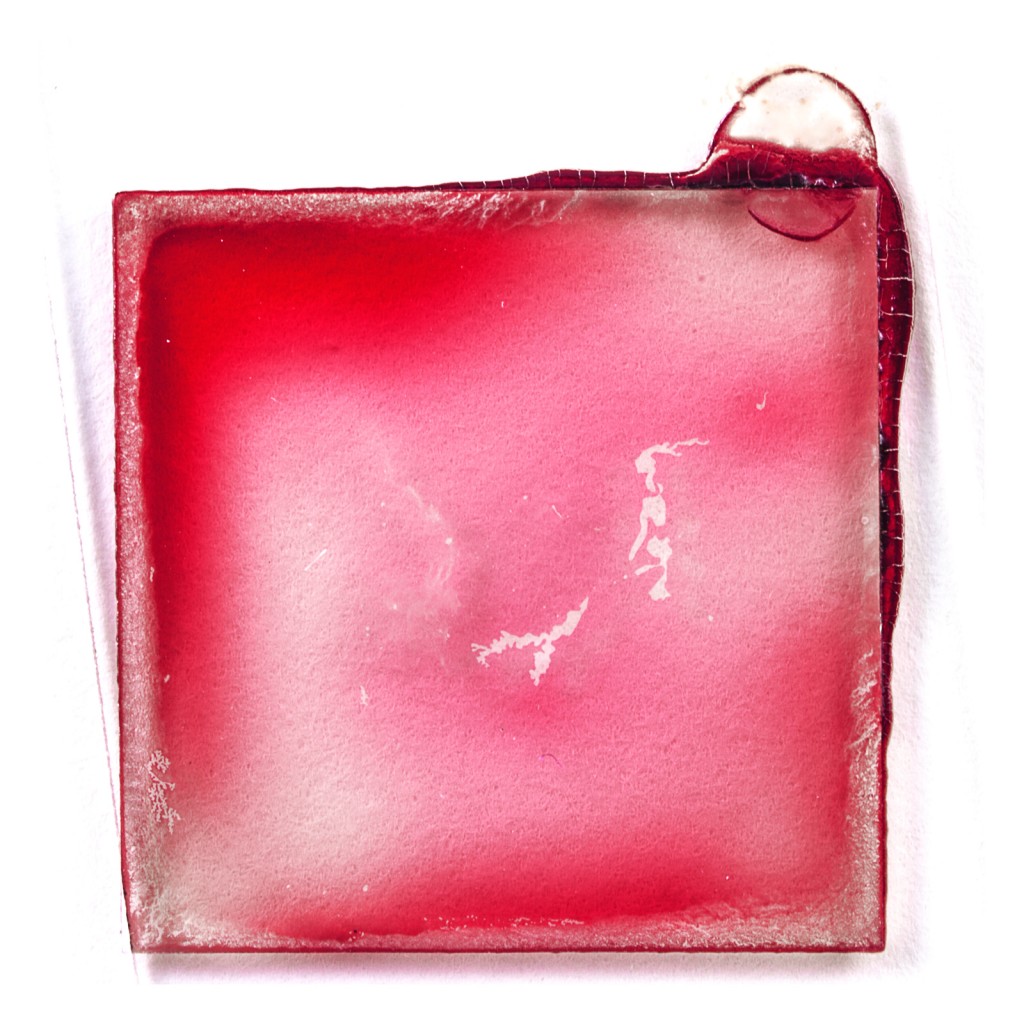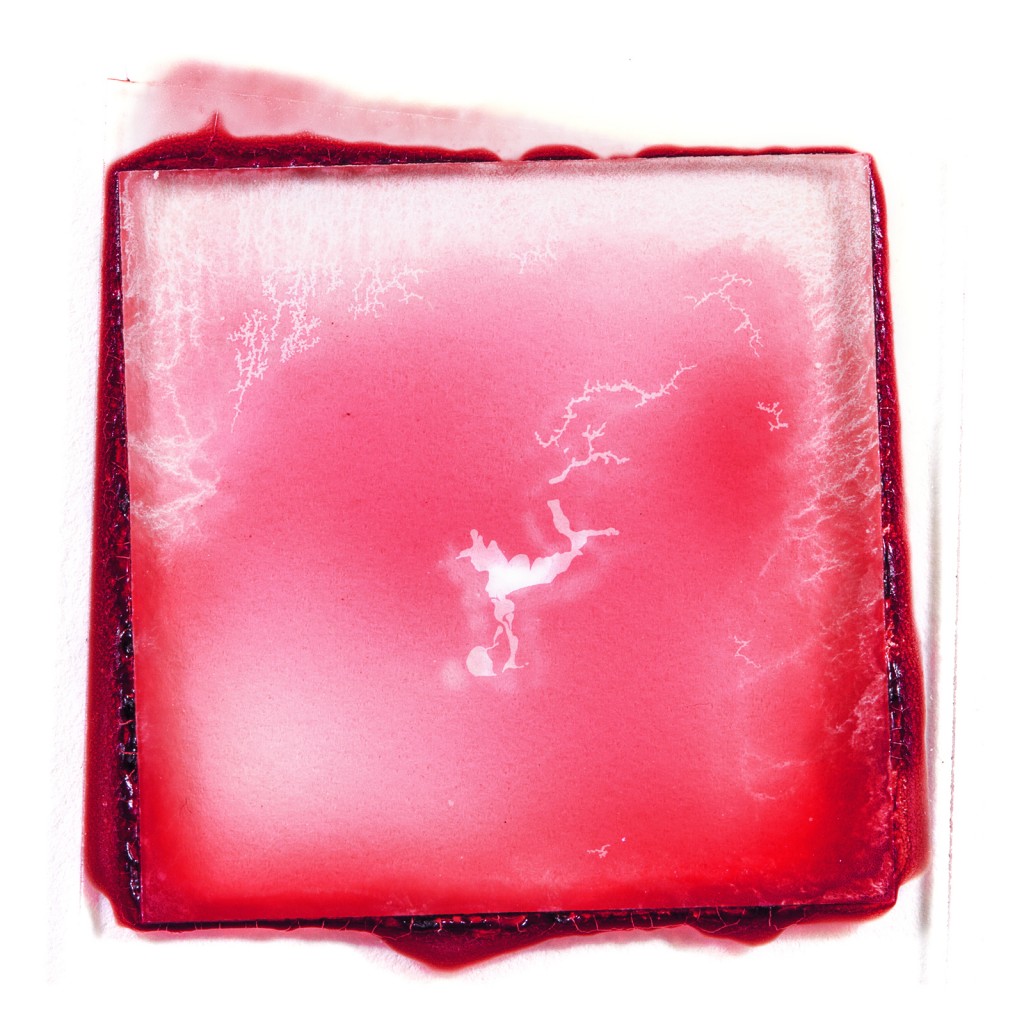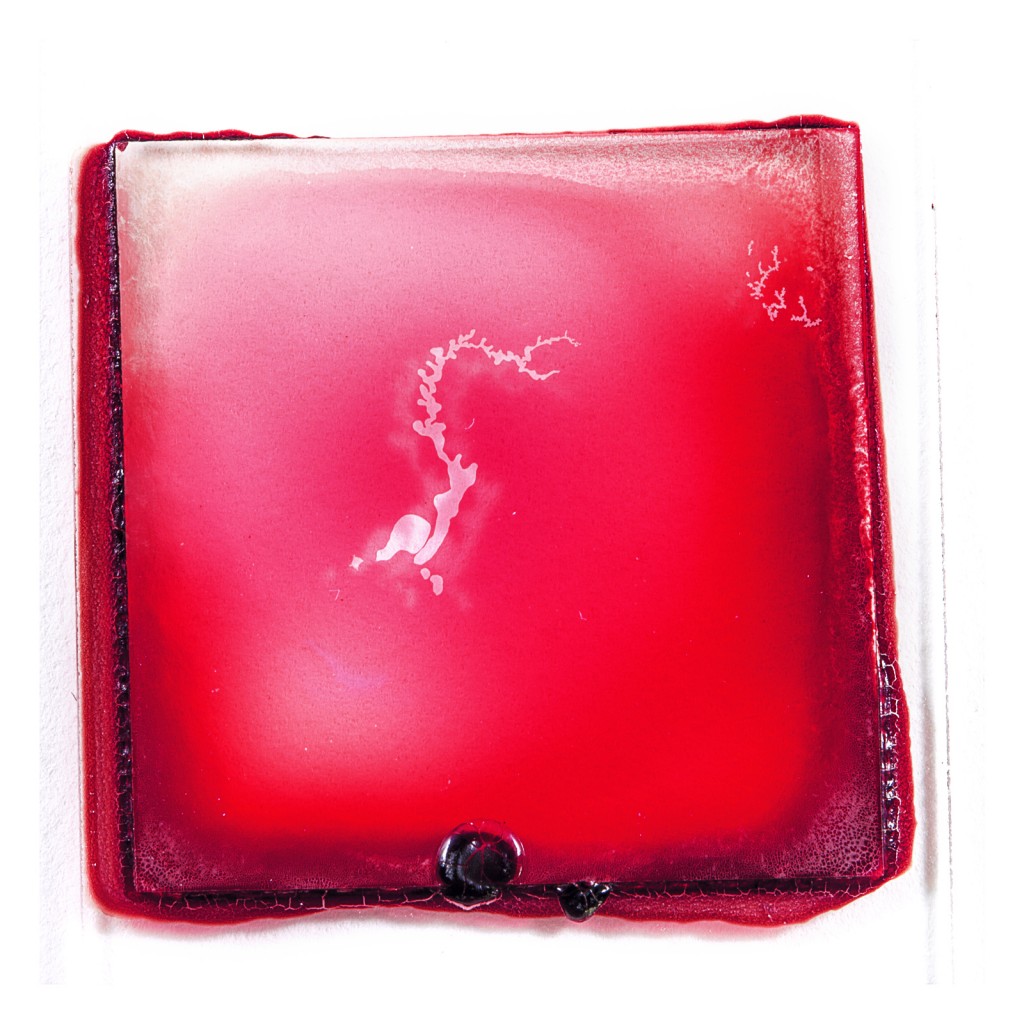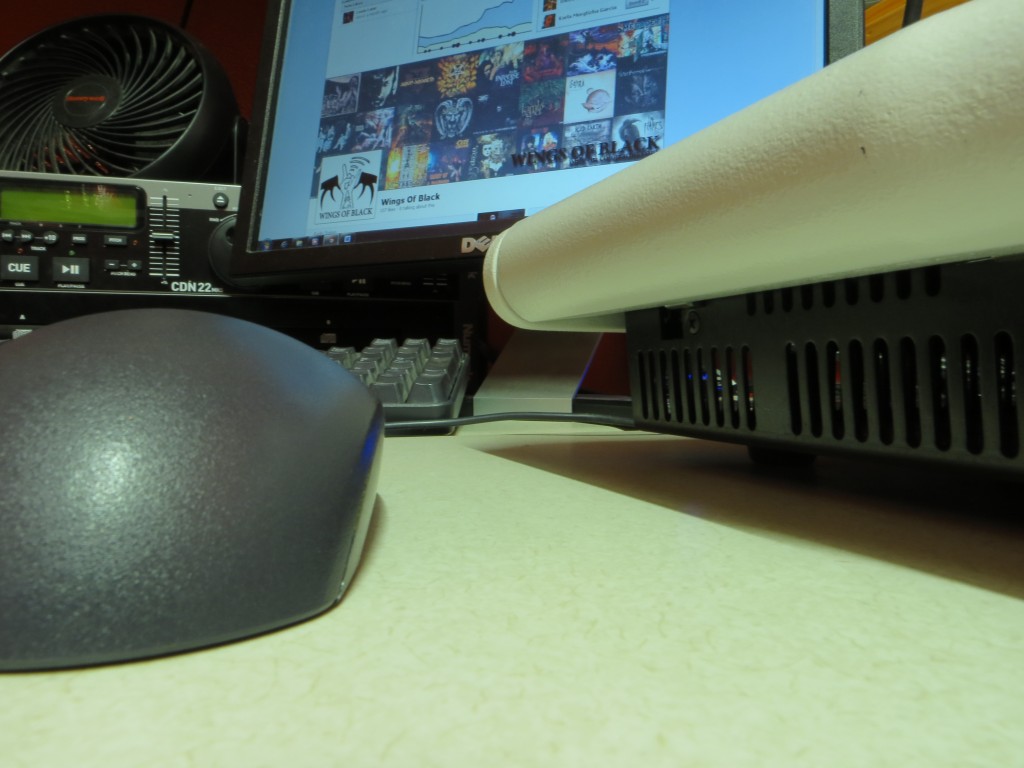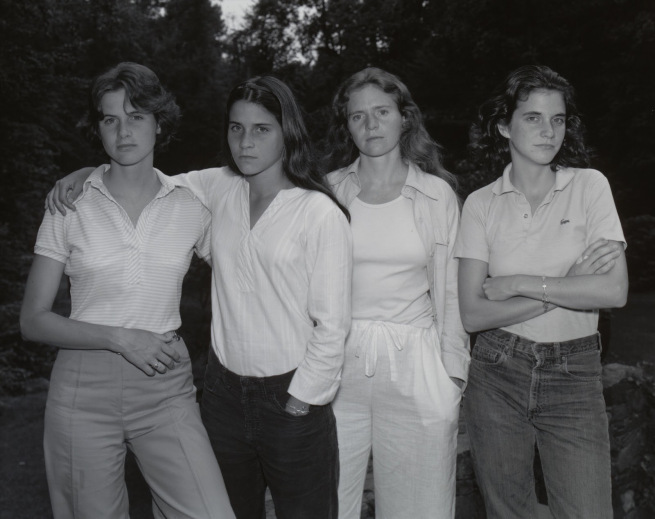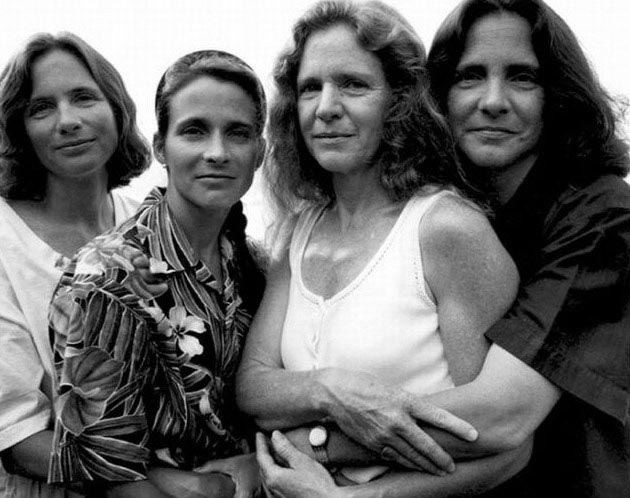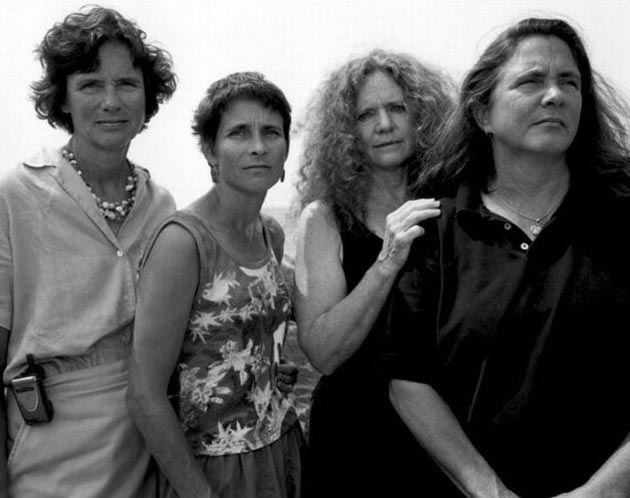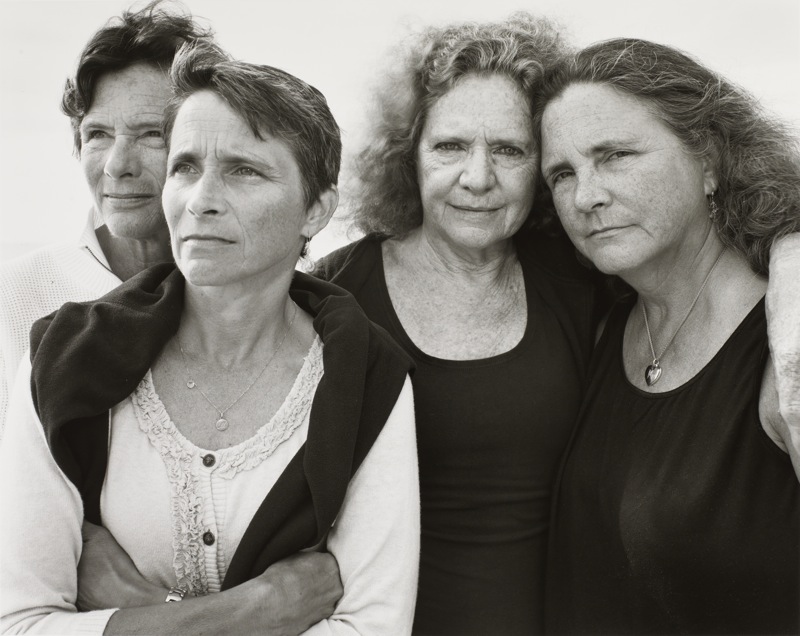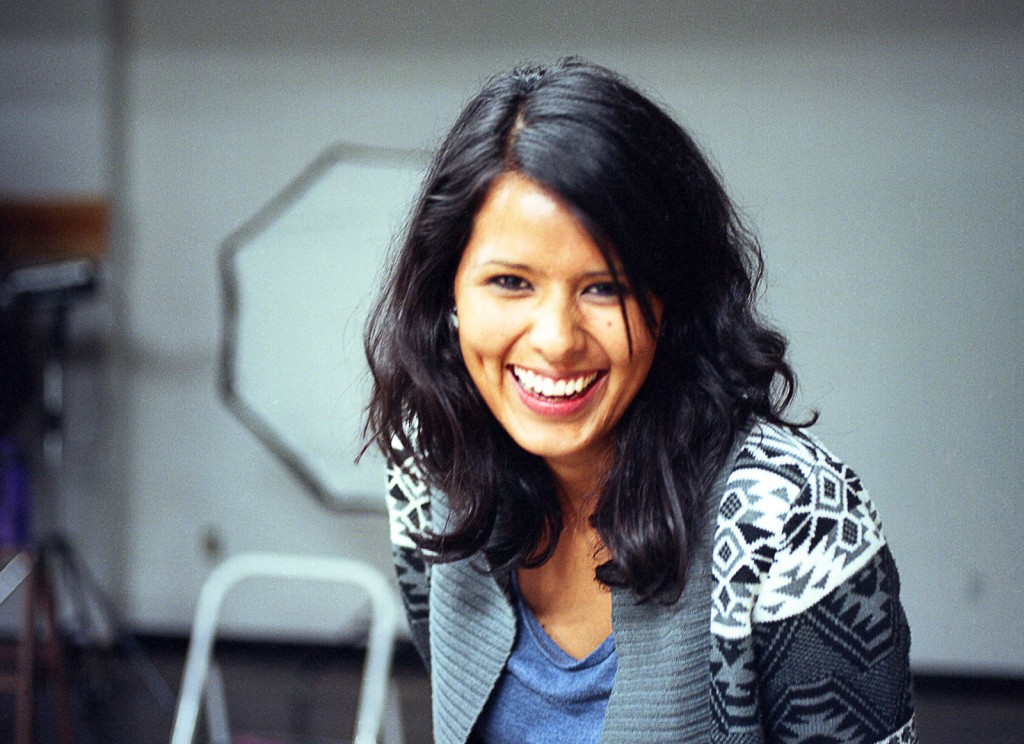You may want to grab a drink before you proceed. This is a concept I’ve been exploring for over a year, and I do have a lot to say.
“Art in the Age of Mechanical Reproduction” is a text by Walter Benjamin that explores the loss of the aura of art in this age where images of an original can be mechanically reproduced in large quantities. One means of recording and mass production of an image of the original is, of course, photography. Written in 1936, during the height of the Great Depression, this text came at a time when photography, as a medium, was undergoing a transformation from a hobby of the rich to becoming also a communication tool. The impression that I get is that Benjamin basically blames photography for what he perceived as the diminishing value of art.
To be perfectly honest, Benjamin’s words are just as dry and difficult to read now as they were over a year ago when I had to read them for my Introduction to Critical Theory course, but I digress.
The Industrial Revolution brought with it new ways of mechanically reproducing art. Among these were engraving, etching, and lithography. These processes allowed for infinite reproduction of work. If you wanted an etching from an artist in Chicago but were located in New York, all you needed to do was order one and he could have a copy made for you. In the early-to-mid 19th Century, research finally brought concepts from many centuries of fundamental knowledge together in order to create a process that could record a work of art exactly as it appeared in reality.
That process, of course, is modern photography. With one negative, countless prints of an image can be made. This ability resulted in a world in which, theoretically, there exists no original creation in terms of the medium. The still (and later video) camera merely records a scene onto a substrate coated with a medium. The scene itself is the original; the photograph is the mechanical reproduction of that scene.
As I understand Benjamin’s text, what separates an original artwork from a copy is the original’s presence in time and space. The Great Pyramid only physically exists at Giza in Egypt. The Alamo exists only in San Antonio, TX. The mountains photographed by Ansel Adams only physically exist at the various locations in the American West. An NFL game only exists for the prescribed time span at the prescribed location of the event.
Consider the wonder and awe you may have felt the first time you saw something in reality that you previously had only seen in a photograph or video. I felt awe upon seeing many landmarks that at one time only existed as photographs and videos in books and on television. These include the pyramids at Giza, the Sphinx, the World Trade Center, the Empire State Building, my first time seeing the F-15E Strike Eagle, and even my first NFL game live at the Houston Astrodome in 1996 (Houston Oilers vs San Francisco 49ers – the 49ers won).
This sense of awe and wonder at seeing an original work in its prescribed presence in space and time are what make up a work’s “aura.”
According to Benjamin, the aura of an original can only exist because of the fact that an original can be reproduced mechanically. In other words, an original can only exist because it can be reproduced. The original and the copy cannot be be separated. This concept is key to understanding what Benjamin had to say. This may seem paradoxical, but in my experience this makes perfect sense.
I consider those places where photography is not allowed such as The Alamo. No mechanical reproduction is (legally) possible inside the Alamo. When I first visited the location in 1991 (part of my town pass from USAF basic training), I really didn’t find anything over which I could get excited. I knew the history of the mission, the Texas Revolution, and those famous historical figures who died fighting there. Armed with this knowledge, I anticipated an experience that I would not soon forget. At the end of my visit, however, I left the Alamo asking myself what all the fuss was about.
(Disclaimer – I grew up in Central NY State, about 20 miles from Cortland, NY and can remember learning about The Alamo each year in history class and wanting to visit it someday.)
Let’s contrast my experience with The Alamo to experience of seeing the Great Pyramid at Giza in 1993. Up to that point in my life, the Great Pyramid (and anything at all to do with ancient Egypt) existed as a photograph in my history texts. Upon seeing it live and in person, however, I felt an awe in the presence of history that I didn’t feel at the Alamo.
Mechanical reproduction allows a work of art to be liberated by the constraints of space and time. Not everyone has an opportunity to travel to Giza, China, France, Washington, DC, etc in order to view the original works. Reproduction brings the art to the viewer’s home so he or she can view it at their convenience.
It is at the point of creation of the image and that creation’s reproduction that the aura of the original is created. Seeing the photographs of the Great Pyramid created the aura of the original, whereas in the example of the Alamo, no aura is created because there existed no reproduction for me to see. Growing up, I was allowed to spend time with the Great Pyramid and to get to know it, which served only to enhance that aura. The same cannot be said for the Alamo. In fact, because no (legal) reproduction of the inside of the Alamo exists, according to Benjamin, there is no original Alamo; the Alamo simply exists.
Mechanical reproducibility does have another effect – it allows for the creation of art that which has no other purpose but to be reproduced. All of those paper plates with little flowers on them in the grocery store are an example of art made for reproduction (the “Footprints” posters also come to mind). But even art that is created to be mass produced serves to create an aura for the original work. Warhol created much of his art with reproduction in mind. More than 8 million people have visited The Warhol Museum in Pittsburgh, PA to see the original versions of pieces that can be purchased in a reproduced format on just about any purse, backpack, folder, canvas… just about any object that can accept an image.
It’s hard to know if Benjamin approves of the trends he outlined when writing “Art in the Age of Mechanical Reproduction.” On the one hand, Benjamin was a Marxist, so the liberation of art to the people from its lofty location in space and time would seem appealing, as it would seemingly equate to the liberation of wealth from the bourgeoisie to the proletariat. At the same time, however, he seems to decry the fact that the Industrial Revolution brought us these ways to “destroy” the value of art and give rise to an art that cheapens the experience of creating and viewing art. This can be attributed to the fact that I find this rather difficult to read. Of course, I don’t think Benjamin would approve of some of the ways in which much of the mechanically reproduced art is used, most notably in the pursuit of commercial endeavors.
No discussion of Benjamin is complete without a discussion of Sherrie Levine. I can’t say what motivated her “After Walker Evans” series. For those who may not know, Levine made her career out of photographing already existing works of art. Examples are photographs (most notably Walker Evans) and some Van Gogh paintings (from a book, no less). Is this a subversion of Benjamin? Or is it perhaps an attempt to prove Benjamin correct by trying to strengthen (or even create a new) aura around the work she photographed?
In my mind, the aura around the original Walker Evans photographs remains unchanged. This is because, while she acknowledges the source, Levine is taking a work and making it her own. There are no other elements save the source material for her photographs (which she strives to reproduce exactly as it is). This does start to get into appropriation, but that is an issue unto itself. In the end, I feel that Sherrie Levine neither strengthens nor subverts Benjamin’s theories. Honestly, she more or less exposes herself as a hack who preys upon an obscure (to the general public, at least) theory and exploits it in order to further her own career without having to put the intellectual muscle behind it.
